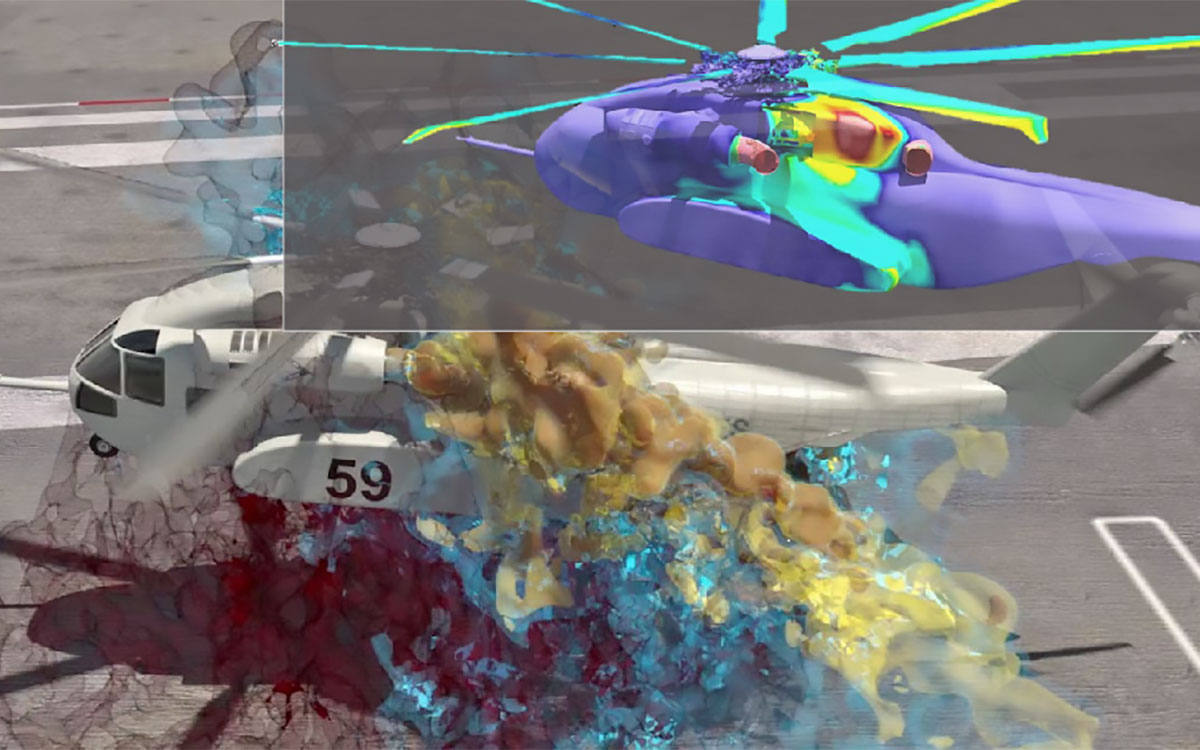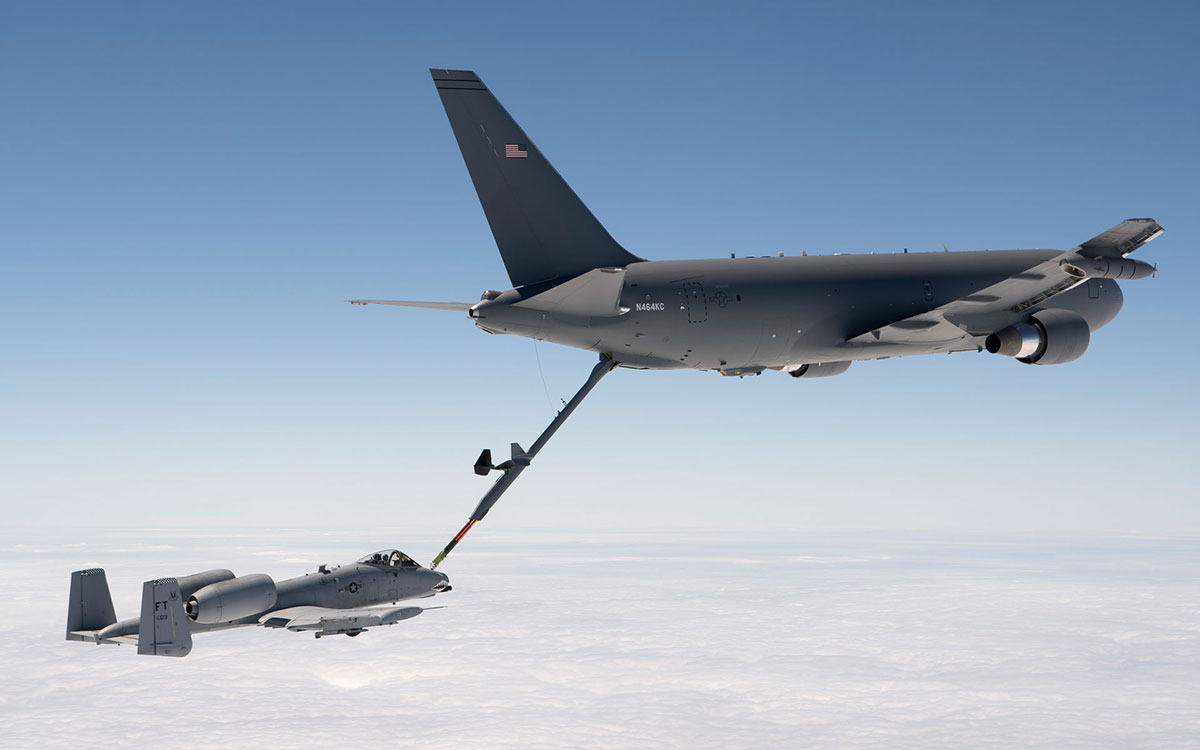June 1, 2023 — The SC23 Communications Team has conducted an interview with Dr. Roy Campbell, Chief Strategist for the Department of Defense (DoD) High Performance Computing (HPC) Modernization Program (HPCMP), a topical feature for Memorial Day week. The following is from their blog post.
 This month, we talked to Dr. Roy Campbell, Chief Strategist for the Department of Defense (DoD) High Performance Computing (HPC) Modernization Program (HPCMP). The HPCMP is a Congress-mandated initiative with a budget of approximately $250 million annually, aimed at enhancing warfighter support using high-performance computing in essential research, development, test, and evaluation (RDT&E) projects. Dr. Campbell is focused on the creation of the program’s science, engineering, and software strategy. We covered a broad variety of topics in our chat with Dr. Campbell, ranging from how he got started at the DoD to how the DoD uses HPC in its warfighter modernization efforts to his take on the need for mentors in the HPC community.
This month, we talked to Dr. Roy Campbell, Chief Strategist for the Department of Defense (DoD) High Performance Computing (HPC) Modernization Program (HPCMP). The HPCMP is a Congress-mandated initiative with a budget of approximately $250 million annually, aimed at enhancing warfighter support using high-performance computing in essential research, development, test, and evaluation (RDT&E) projects. Dr. Campbell is focused on the creation of the program’s science, engineering, and software strategy. We covered a broad variety of topics in our chat with Dr. Campbell, ranging from how he got started at the DoD to how the DoD uses HPC in its warfighter modernization efforts to his take on the need for mentors in the HPC community.
Roy’s Path to Strategic Lead
If there’s one thing Dr. Roy Campbell doesn’t ask when he goes to work every morning, it’s “why?” After a career spanning nearly 30 years with the DoD, he has no doubt that the work he’s doing is meaningful, so he’s excited to go to work and take on big challenges related to modernizing the DoD’s HPC program every day, even if it often leads to compressed schedules at home.

Before his career arc tilted in a strategic direction, Campbell spent his early years in HPC working on networking and data storage solutions for the DoD Supercomputing Resource Center located in Vicksburg, Miss. “In 2002, I moved to the HPCMP’s center in Aberdeen, Md., where I learned to benchmark supercomputers,” explained Campbell. “And then in 2008, I moved to the HPCMP management office in D.C., where I served as the lead [Defense Research and Engineering (DREN) Program Manager] for the DoD’s research, development, test, and evaluation network. I also served as the HPCMP’s Deputy Director, Chief Technology Officer, and Chief Scientist.”
Today, as the HPCMP Chief Strategist, his main responsibility is formulating a strategy or vision for U.S. defense supercomputing. To do that, Campbell examines a wide range of organizational, financial, technological, geopolitical, scientific, and modernization trends. The end goal is to provide senior officials with an actionable blueprint for solving very difficult problems with supercomputers. “Our program was initially focused on defense grand challenges that contribute to scientific knowledge. Today, however, our goal is much broader. We also work to reduce the cost, schedule, and risk for a wide variety of military platforms,” he said.
Reducing Risks & Costs
One of HPCMP’s missions is to provide a virtual space to support the design and testing of jets, helicopters, ships, submarines, tanks, and antennas without building expensive prototypes or putting the public at risk. “Removing bad designs and refining good ones early through virtual testing saves an extraordinary amount of time and money,” said Campbell. For example, he noted that troubleshooting for the Sikorsky CH-53K King Stallion heavy-lift cargo helicopter helped isolate why the copter engines were highly inefficient whenever they flew near the ground. Simulations created by software developers at the Naval Research Lab revealed that when the helicopters were at low altitudes, engine exhaust was looping back into the engine and straining them. “Minimally, that probably saved more than $100 million in testing and other sundries,” said Campbell.
HPC simulations have also been integral to improving and streamlining training for the fighter jet refueling process with the Boeing KC-46 Pegasus, leading to both significant cost savings and improved safety. Campbell also noted that Congress is now even pushing the DoD to explore how it could use supercomputing modeling and simulations to reduce or eliminate the need for live fire testing near costly assets, such as Ford Class Aircraft Carriers.


For Campbell, some of the most exciting work his team is pursuing is around melding hard and soft sciences into single calculations: “Our biggest challenge right now is supporting advanced scenario analyses that incorporate both hard and soft sciences in a single calculation to produce actionable advice for campaign planners. Hard sciences are generally based on physics. Soft sciences include the analysis of social media feeds, economics, population growth, and sentiment.”
Navigating Technology Shifts
When asked about the key hardware and software technologies being considered for the next-generation HPC systems within the DoD, Campbell noted that trends related to quantum and neuromorphic computing aren’t as relevant to defense supercomputing at the moment and likely won’t be for some time. “Today, as we face the end of Moore’s Law, the big shifts we are seeing include a transition away from monolithic general-purpose chips toward general-purpose chiplets and special-purpose monolithic chips,” explained Campbell. “The former affects defense supercomputing the most and may present future opportunities for designing chiplets specifically for defense use cases.”
“Today, as we face the end of Moore’s Law, the big shifts we are seeing include a transition away from monolithic general-purpose chips toward general-purpose chiplets and special-purpose monolithic chips.”
He also noted that determining which technologies are best for DoD systems is getting harder since performance analysis and benchmarking is much trickier than it used to be. “In the early days, performance analysis was a lot more fun than it is today because we could use a systematic process that made it easy to clearly understand what the performance meant. Today, systems are incredibly complicated, and testing has become more of an art than science because the configuration and compute layers are so adjustable. In some ways, I miss the days when we didn’t have things like a dynamically adjustable clock for the CPU and other configuration features that can vary with time,” he said.
Collaboration & Community Building
Campbell, who has three degrees in electrical engineering with an emphasis on communications systems and information theory, was hooked on supercomputing once he understood how the low-level components of a supercomputer impacted science and engineering disciplines. He notes that without a mentor, it would have been nearly impossible to gain traction in his early career. “By far, Dr. Larry Davis had the greatest influence over my career. I met him in 2003 in Washington D.C. He gave me an opportunity as a junior member of his supercomputer benchmarking team,” said Campbell. Given his experience, he laments that the push for greater efficiency has driven many organizations to remove mentoring opportunities: “Our community suffers from the aftermath of this short-sighted metric.”
Although he is the HPCMP Chief Strategist, Campbell said that collaboration remains key to his growth, and he is standing on the shoulders of giants. “Over the years, Ms. Thuc Hoang [the Director of DOE NNSA’s ASC Program] has been a great collaborator, and I learn a lot from her on a regular basis. The scale, breadth, and complexity of her program is impressive. And, the foresight of Hon. John J. Young, Jr., the 2007-2009 Undersecretary for Acquisition, Logistics, and Technology is critical to my role. He championed a significant investment in supercomputer-based design software for jets, helicopters, ships, submarines, tanks, and antennas that allows the DoD HPCMP to provide significant value to the DoD and the U.S.”
Source: SC23 Communications Team


























































